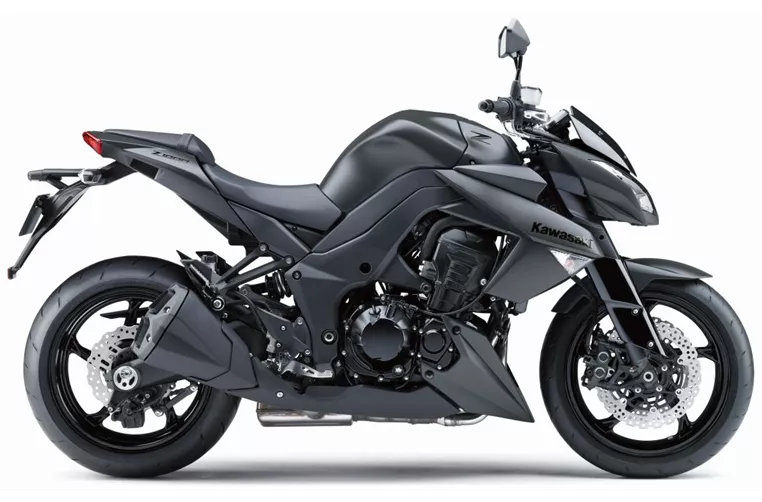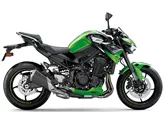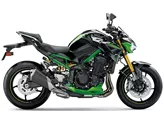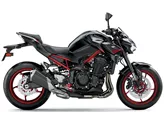Kawasaki Z 800 2013 vs. Kawasaki Z1000 2013
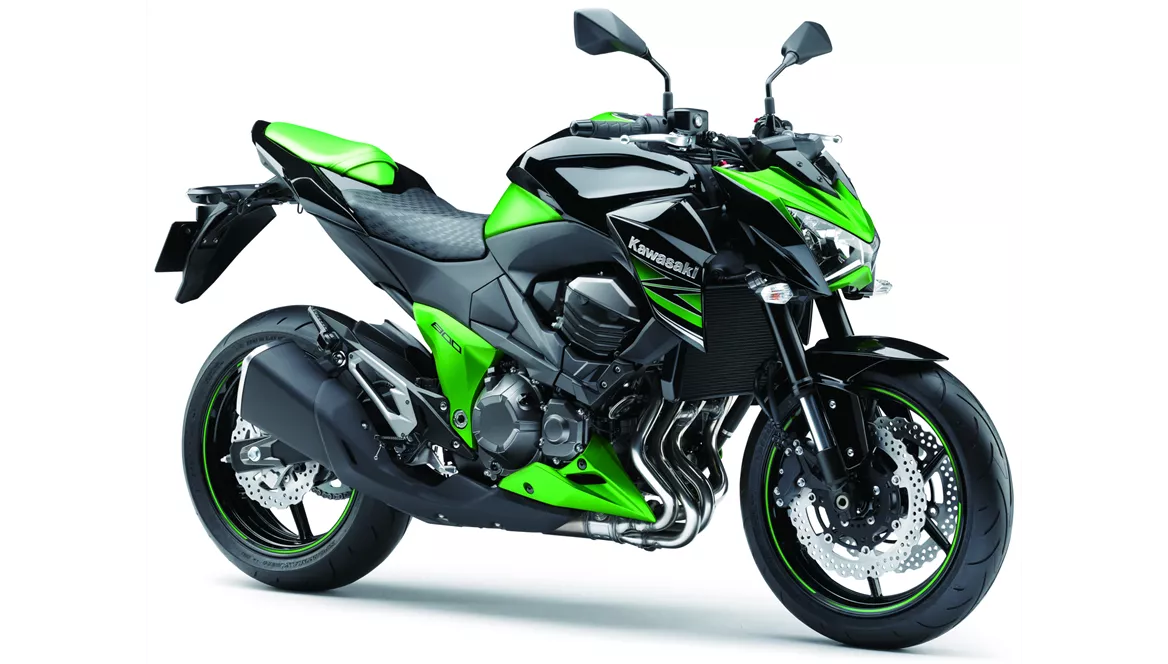
Kawasaki Z 800 2013

Kawasaki Z1000 2013
Visão geral - Kawasaki Z 800 2013 vs Kawasaki Z1000 2013
The Kawasaki Z 800 and the Kawasaki Z1000, both from the 2013 model year, are two naked bikes that offer a thrilling riding experience. While they share some similarities in terms of engine type, cooling system, and suspension, there are also notable differences between the two.
Starting with the engine, both bikes feature an inline-four configuration, providing a smooth and powerful performance. However, the Z1000 has a higher power output, producing 138 horsepower compared to the Z800's 113 horsepower. This difference in power translates into a more exhilarating acceleration and top speed for the Z1000. Additionally, the Z1000 generates more torque, with 110 Nm compared to the Z800's 83 Nm. This extra torque enhances the bike's low-end and mid-range power delivery, resulting in a more thrilling riding experience.
In terms of suspension, both bikes feature a telescopic fork at the front. However, the Z1000 offers more adjustability options, including compression, preload, and rebound adjustments, allowing riders to fine-tune the suspension to their preferences. The Z800, on the other hand, only offers rebound adjustment. This additional adjustability on the Z1000 provides riders with more control and customization options for their riding style and road conditions.
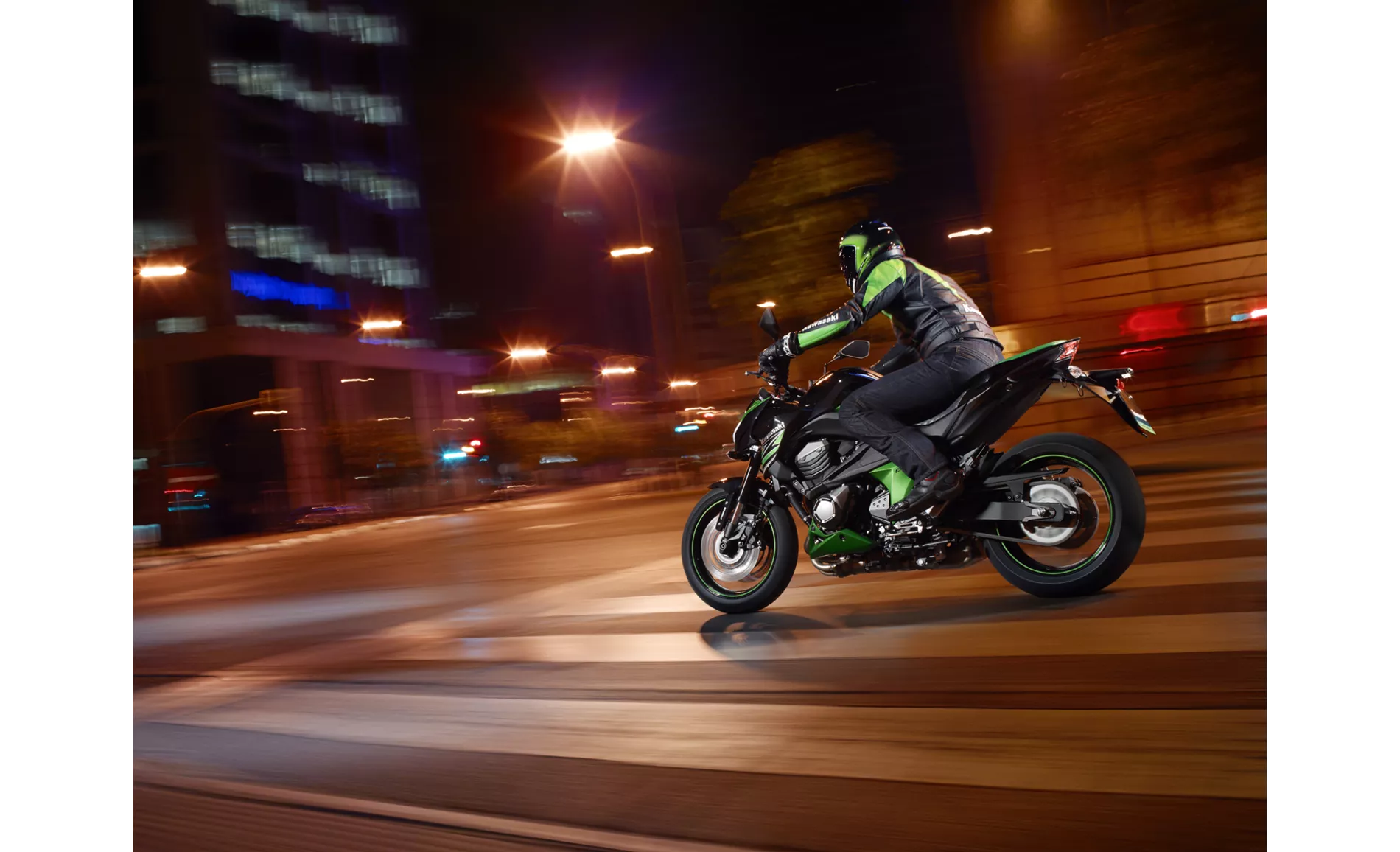
Kawasaki Z 800 2013
Moving on to the chassis, the Z800 features a steel frame, while the Z1000 utilizes an aluminum frame. The aluminum frame on the Z1000 offers a lighter and more rigid construction, resulting in improved handling and maneuverability. This lightweight frame also contributes to the Z1000's lower curb weight of 221 kg compared to the Z800's 229 kg, making it more agile and responsive on the road.
Both bikes feature dual disc brakes at the front, providing powerful stopping capabilities. The Z1000, however, utilizes radial technology in its brake system, which enhances braking performance and provides a more progressive and responsive feel. The Z800, on the other hand, features petal technology in its brake system, which also offers excellent stopping power but may not provide the same level of feedback and control as the radial system.
In terms of dimensions, both bikes have a similar front tire width of 120 mm and a 17-inch front wheel diameter. However, the Z1000 has a wider rear tire at 190 mm compared to the Z800's 180 mm, providing enhanced grip and stability. The Z1000 also has a slightly shorter wheelbase of 1440 mm compared to the Z800's 1445 mm, which contributes to its nimble and responsive handling characteristics.
In terms of seat height, the Z800 has a taller seat at 834 mm compared to the Z1000's 815 mm. This may result in a slightly more comfortable riding position for riders with shorter inseams on the Z1000. However, the Z800 offers a larger fuel tank capacity of 17 liters compared to the Z1000's 15 liters, providing a longer range between refueling stops.

Kawasaki Z1000 2013
In terms of strengths, the Z800 is praised for its attractive and robust appearance, confident acceleration, relaxed geometry, and powerful brakes. On the other hand, the Z1000 is known for its powerful engine, rich sound, and unique design.
However, both bikes have their weaknesses. The Z800's legroom may be limited for some riders, while the Z1000 lacks traction control and has a slightly nervous chassis.
Overall, the Kawasaki Z800 and Z1000 from the 2013 model year are both impressive naked bikes that offer thrilling performance and unique features. Riders looking for a slightly more powerful and customizable experience may opt for the Z1000, while those seeking a balance between performance and comfort may prefer the Z800.
Especificações técnicas Kawasaki Z 800 2013 em comparação com Kawasaki Z1000 2013
Prós e contras em comparação
Prós e contras em comparação
Kawasaki Z 800 2013

No geral, a Z800 teve um desempenho sensacional. Considerando o facto de que nada foi alterado ou optimizado no veículo para além do silenciador traseiro Remus, o resultado final foi excelente.
Kawasaki Z1000 2013

Em suma, a nova Z1000 é uma evolução bem sucedida da sua antecessora. A falta de controlo de tração é mais um problema de marketing do que um problema para os clientes finais.
Comparação de preços Preço médio de mercado Kawasaki Z 800 vs Kawasaki Z1000
There are a few key differences between a Kawasaki Z 800 2013 and a Kawasaki Z1000 2013. In terms of price, the actual average price of a Kawasaki Z1000 2013 is about 24% higher. Compared to Kawasaki Z1000 2013 there are more Kawasaki Z 800 2013 bikes available on the 1000PS.de Marketplace, specifically 7 compared to 4. It takes less time to sell a Kawasaki Z 800 with 56 days compared to 69 days for a Kawasaki Z1000. Since model year 2013 1000PS.de editors have written 11 reviews for the Kawasaki Z 800 and 41 reviews for the Kawasaki Z1000 since model year 2005. The first review for the Kawasaki Z 800 was published on 06/09/2012 and now has more than 8.100 views. This compares to more than 5.800 views for the first review on Kawasaki Z1000 published on 02/09/2002.

